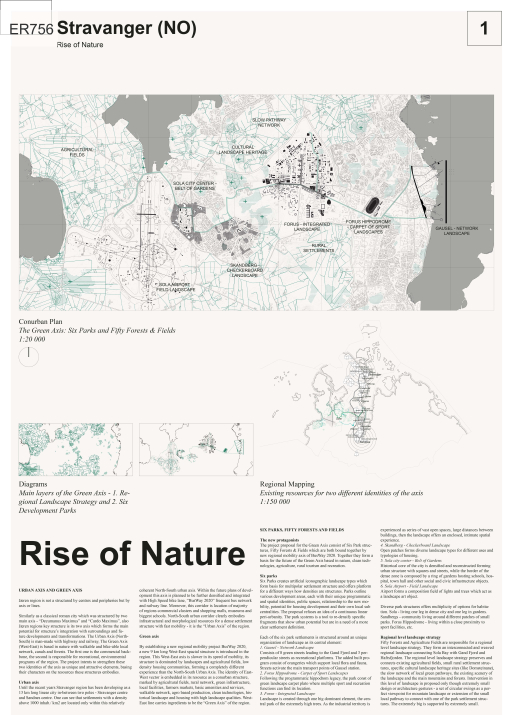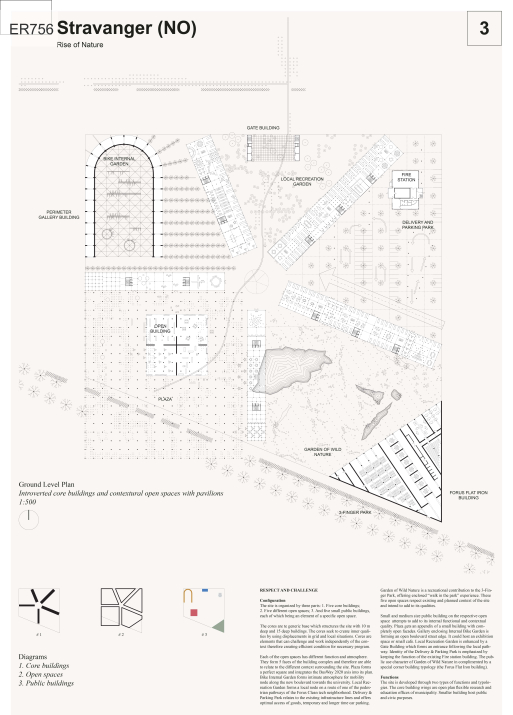Project:
Rise Of Nature
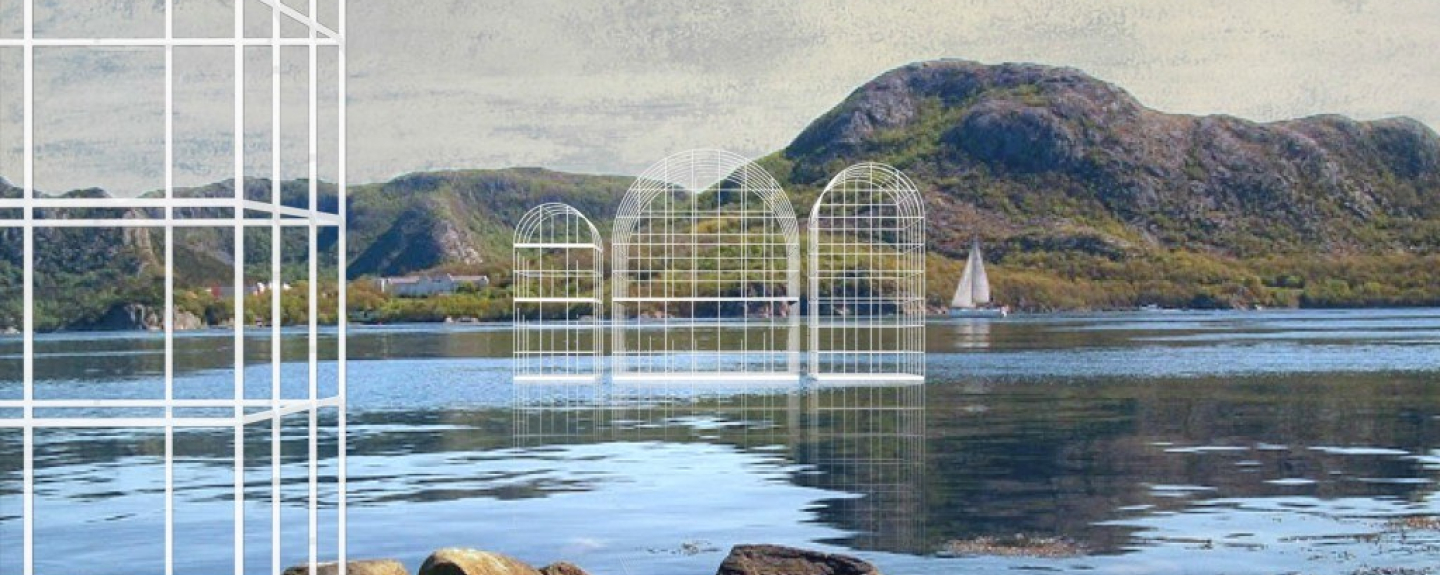
About
-
SIX PARKS, FIFTY FORESTS AND FIELDS
The new protagonists
The project proposal for the Green Axis consist of Six Park struc- tures, Fifty Forests & Fields which are both bound together by new regional mobility axis of BusWay 2020. Together they form a basis for the future of the Green Axis based in nature, clean technologies, agriculture, rural tourism and recreation.
Six parks
form basis for multipolar settlement structure and offers platform for a different ways how densities are structures. Parks outline various development areas, each with their unique programmatic and spatial identities, public spaces, relationship to the new mo- bility, potential for housing development and their own local sub centralities. The proposal refuses an idea of a continuous linear fragments that show urban potential but are in a need of a more
Each of the six park settlements is structured around an unique organization of landscape as its central element:
1. Gausel - Network Landscape
Consists of 8 green streets leading to the Gand Fjord and 3 per- pendicular streets as recreational platforms. The added built pro- Streets activate the main transport points of Gausel station.2. Forus Hippodrome - Carpet of Sport Landscapes
Following the programmatic hippodrom legacy, the park const of green landscape carpet plato where multiple sport and recreation
3. Forus - Integrated Landscape
Landscape is created through one big dominant element, the cen- tral park of the extremely high trees. As the industrial territory is experienced as series of vast open spaces, large distances between buildings, then the landscape offers an enclosed, intimate spatial experience.
4. Skandberg - Checkerboard Landscape
Open patches forms diverse landscape types for different uses and typologies of housing.
5. Sola city center - Belt of Gardens
Historical core of the city is densified and reconstructed forming urban structure with squares and streets, while the border of the dense zone is composed by a ring of gardens hosting schools, hospital, town hall and other social and civic infrastructure objects.6. Sola Airport - Field Landscape
Airport forms a composition field of lights and trees which act as a landscape art object.
Diverse park structures offers multiplicity of options for habitation. Sola - living one leg in dense city and one leg in gardens. Sandbergs - community living around different patches of small parks. Forus Hippodrome - living within a close proximity to sport facilities, etc.Regional level landscape strategy
Fifty Forests and Agriculture Fields are responsible for a regional level landscape strategy. They form an interconnected and weaved regional landscape connecting Sola Bay with Gand Fjord and Hafrsfjorden. The regional level landscape strategy preserves and - the slow network of local green pathways, the existing scenery of the landscape and the main mountains and forests. Intervention in this level of landscape in proposed only though extremely small design or architecture gestures - a set of circular swings as a perfect viewpoint for mountain landscape or extension of the small local pathway to connect with one of the park settlement structures. The extremely big is supported by extremely small.
-
Rise of Nature puts emphasis on the regional scale and how to position Forus in this context. The project proposes to articulate a clear distinction between the north-south axis and the east-west axis. The north-south axis, called the urban axis, is to be densified and planned as such, while development along the east-west or green axis is dominated by slow processes, agriculture and greenery. The two axes have different experiential qualities which are expressed through the introduction of six parks with distinct identities and regional importance using smaller, ephemeral elements and interventions.
The strength of the proposal lies in its extension of the territory of the site and its understanding of the plot as a part of a larger regional strategy which seems viable independent of any other future development of the Forus site. ‘Rise of Nature’ shifts the focus away from traditional development towards careful cultivation and definitions of existing qualities. Whilst suggestions for regional and urban scale pose interesting and critical questions for the overall development of Forus, the illustrated solution for the project site comes across as formalistic and almost contradictory to the rest of the overall ideas discussed in the project. The jury finds the idea of defining multipolar existing settlements in parks interesting, but is not convinced this will lead to a better or more sustainable future for Forus. An intriguing aspect of the project is that it is extremely realistic and utopian at the same time.
-
Team Representative: Dace Gurecka (LV) – architect
Nordborggade 4, 3 th, 8000 Aarhus C – Danmark
+45 5 267 31 40 – dacegurecka@gmail.com
Team interview
1. How did you form the team for the competition?
I am an architect interested in connections between considerations at a level of geopolitics and thoughts about architecture. The issues of the Stavanger site seemed like a great setting to develop a body of work which is a consistent engagement in these particular zones of my professional interest.
2. How do you define the main issue of your project, and how did you answer on this session main topic: Adaptability through Self-Organization, Sharing and/or Project (Process)?
The project site (Forus) is located in one of the most dominant energy clusters of the world, which means, that it is a locus of highly changing post-Fordist market forces. The built environment goes through extreme economic and population growth as well as periods of radical recessions.
Within the morphological situation of the area you can see both conditions which, in my opinion, are the most direct result of free market economy – ‘patchwork landscape’ and ‘collage city’. ‘Patchwork’ structure of open spaces describes fragmented, complex and non-hierarchical situation, while a ‘collage’ urban fabric outlines a juxtaposition of multiple non-related parts.
Maybe the very basic premise of Forus is that it is atruly neoliberal place which has no common project and is fully subjected to contemporary rhetoric of negotiation. The ‘Rise of Nature’ project is a proposition for the territory to find a space within those realms which can today still establish common project for a city – which I would point out as the space of infrastructure and regional level landscape. Therefore ‘Rise of Nature’ is a proposition for the Jæren region and not just a collage; it is a direction.
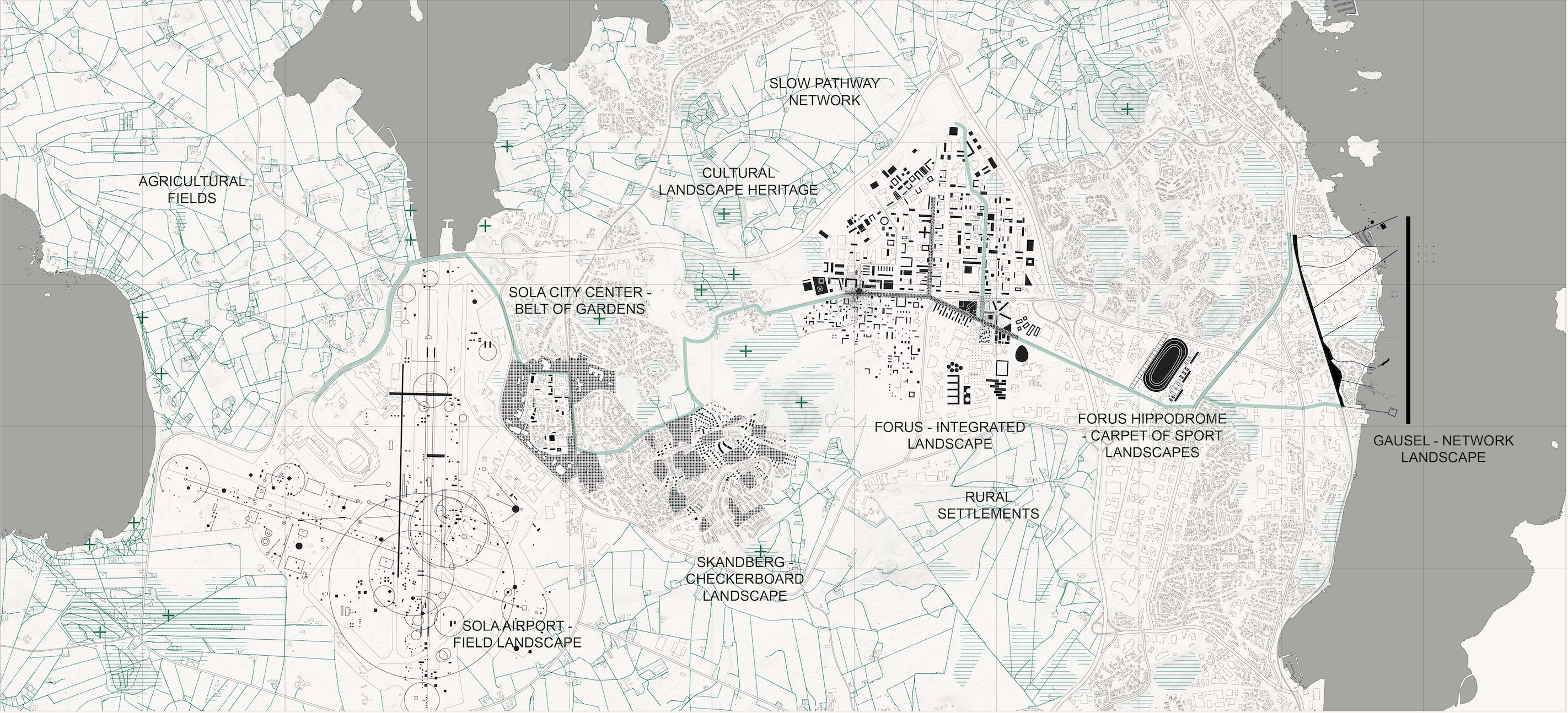
3. How did this issue and the questions raised by the site mutation meet?
The project is situated as two umbrella strategies, both of which deals with definition of potentials of open spaces of the territory within the context of changing mobility strategy for the region. The ‘Six Parks’ strategy forms a set of tools to underline iconographic landscape possibilities and use it as basis for multipolar settlement structure. The ‘Fifty Forests and Agriculture Fields’ strategy are organizing regional level landscape issues by preserving and connecting existing agricultural fields, small rural settlements, cultural landscape heritage sites.
4. Have you treated this issue previously? What were the reference projects that inspired yours?
To be honest about the realities surrounding any project I work on, it is probably what I would like the central point of my work to be. On a strategic level by building consensus around the voids and lines (the avoidance) instead of the solid, ‘Rise of Nature’ was quite referential to the OMA’s “Ville Nouvelle Melun Senart” project – “It would require a second innocence to believe, at this end of the 20th century, that the urban –the built– can be planned and mastered.” (Rem Koolhaas)
Reading of the linear organization of the territory was inspired by Ivan Leonidov Magnitogorsk city urban organization idea which refusing the dogma of centre and periphery. On a level of everyday experiences I am definitely inspired by the compositional landscape qualities of the Aarhus University campus by C.Th. Sørensen.
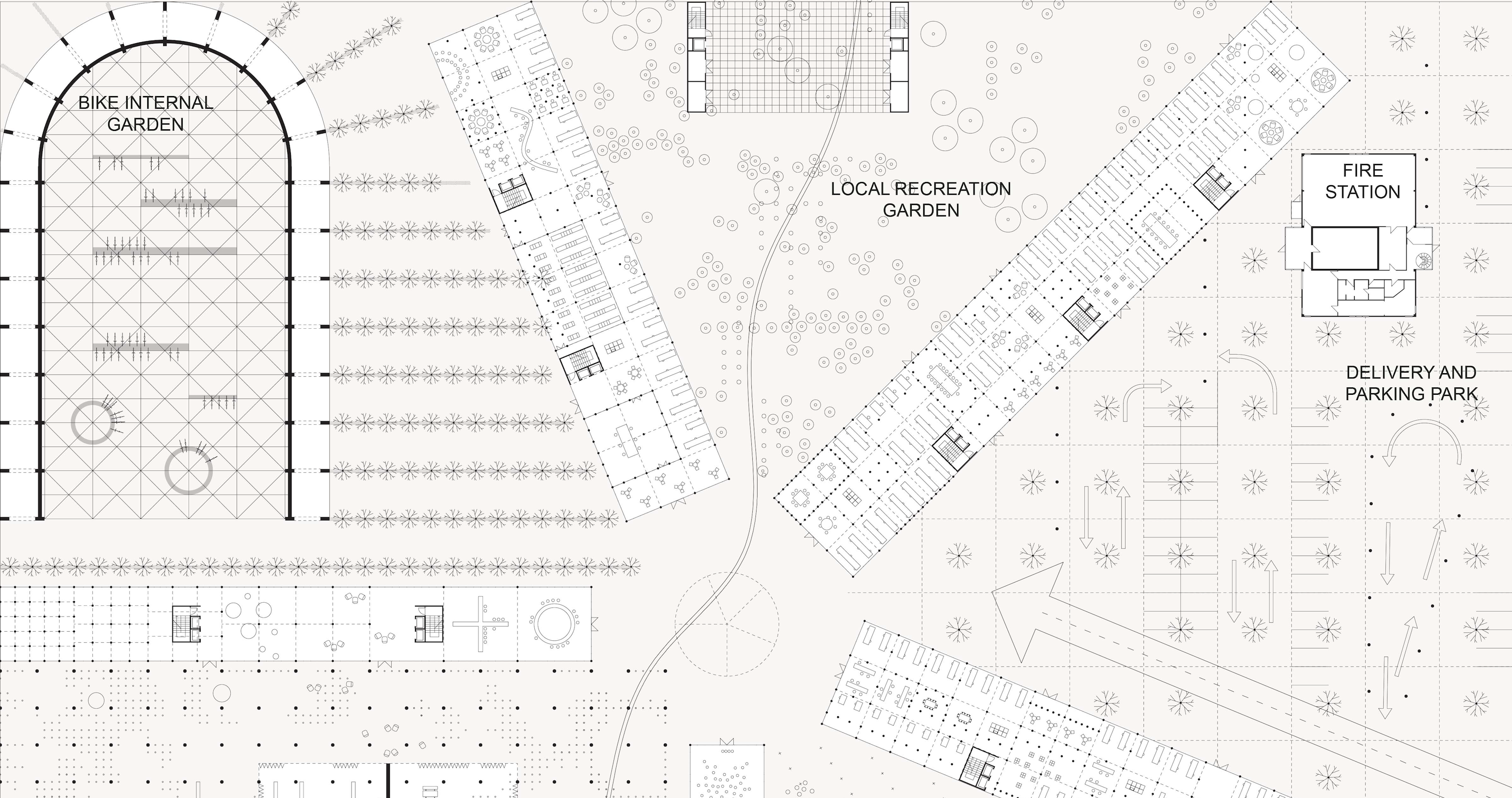
5. Today –at the era of economic crisis and sustainability– the urban-architectural project should reconsider its production method in time; how did you integrate this issue in your project?
As the project deals with a 9km long territory, implementation of any vision will take many years, even decades. In this situation the project proposal situates tools of action which work with multiple temporalities – permanent/temporary; immediate/ long-term.
6. Is it the first time you have been awarded a prize at Europan? How could this help you in your professional career?
It was my first Europan prize. It is important for me to participate in the contemporary thought on architecture, to be an active part of my generation of architects and to put on front my opinion about the discipline within current community of ideas. I think Europan is a collective statement of a given generation, delivered in multiple voices.
Related projects
-
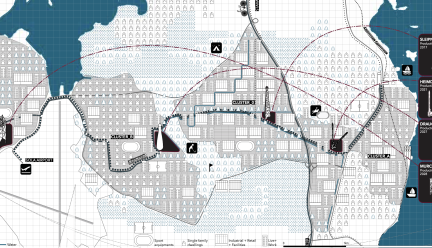
Forus LABing
Our goal is to propose a new model of society linked to a new urban model and promoted by a new…
-
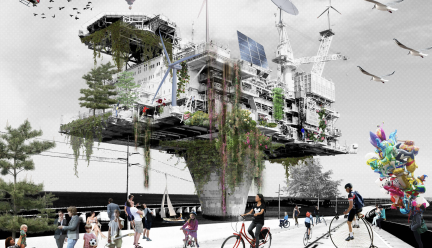
Indigo
The potential of smart place-making activities to reinforce the mixture of uses is significant in…
-

Rise Of Nature
A basis for the future of the Green Axis based in nature, clean technologies, agriculture, rural…
